What does COP15 really mean for nature? Imperial delegates give their views
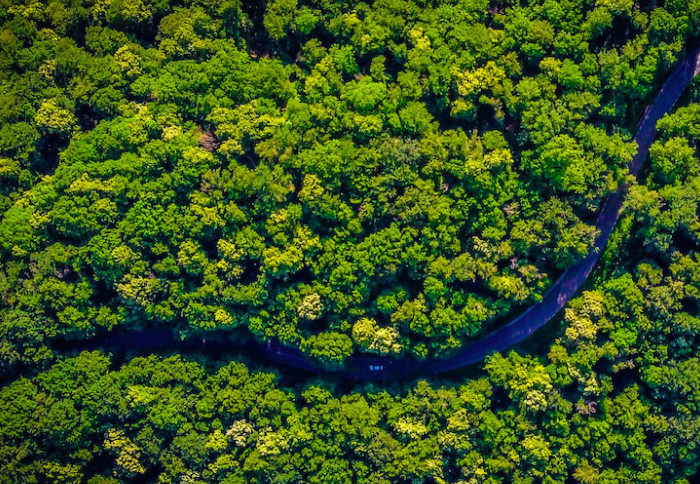
Rainforests contain some our most precious biodiversity, and are also key to fighting climate change.
Nations have agreed a historic deal to protect biodiversity, but will it really help our natural world? Imperial delegates share their thoughts.
The COP15 deal, finalised in the early hours of Monday morning in Montreal, marked a historic moment: Almost 200 countries (not including the USA) agreed to protect a third of the planet for nature by 2030, through a new Global Biodiversity Framework (GBF).
But with the climate and biodiversity crises intimately interlinked, and current rates of biodiversity loss threatening ecosystem services we all depend on for life, is the GBF up to the challenge?
We asked Grantham Institute and Imperial delegates and scientists, what they thought of the agreement:
Read: How your life relies on biodiversity
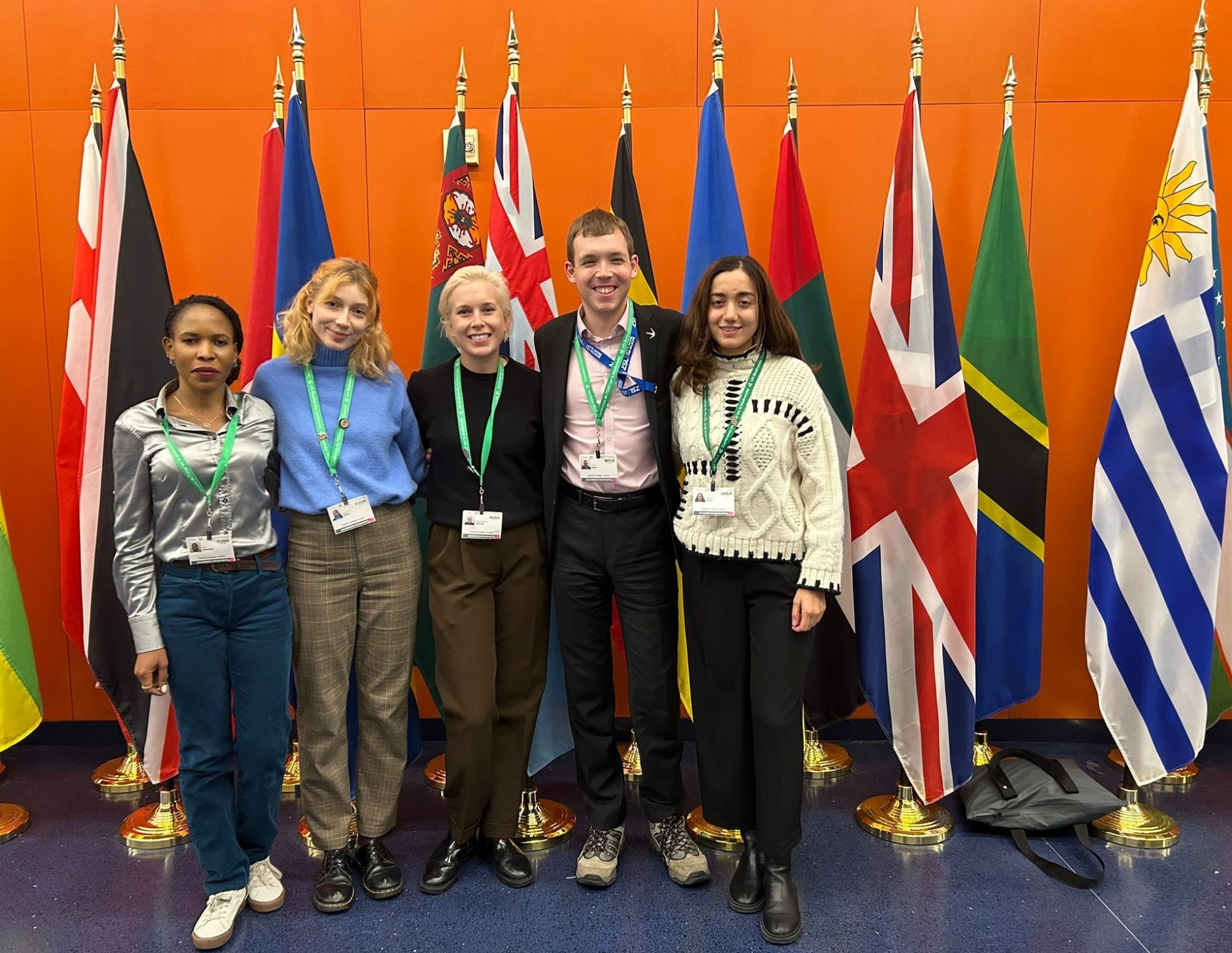
A huge achievement, but maybe not enough
Dr Caroline Howe, Senior Lecturer in the Centre for Environmental Policy:
“There were both positive and negative outcomes from COP15. Firstly, the positives: We do now have a new Global Biodiversity Framework (GBF) and the inclusion of 30x30 (to protect 30% of land and sea by 2030) is an impressive vision.
“This is an essential first step in moving towards a future where people live in harmony with nature. It is also an amazing achievement for over 200 countries to create such a framework as it illustrates that we can work together when we choose to.
"It is an amazing achievement for over 200 countries to create such a framework...we can work together when we choose to" Dr Caroline Howe
“Secondly, for the first time, indigenous local knowledge (ILK) with respect to biodiversity and nature was awarded the attention it deserves. We often ignore different forms of knowledge that can help us support and protect nature, and a sustainable future is one in which we include all forms of knowledge.
Read: Ways you can help the planet
“On the negative side, many of the targets are vague and lack any measurable biodiversity indicators, which provides a potential loophole, allowing countries not to meet targets fast enough.
“In addition, the funding mechanism to support communities and nations that will need to implement 30x30 is not yet sufficient, and although ILK has been included, the rights of indigenous peoples are still at risk.
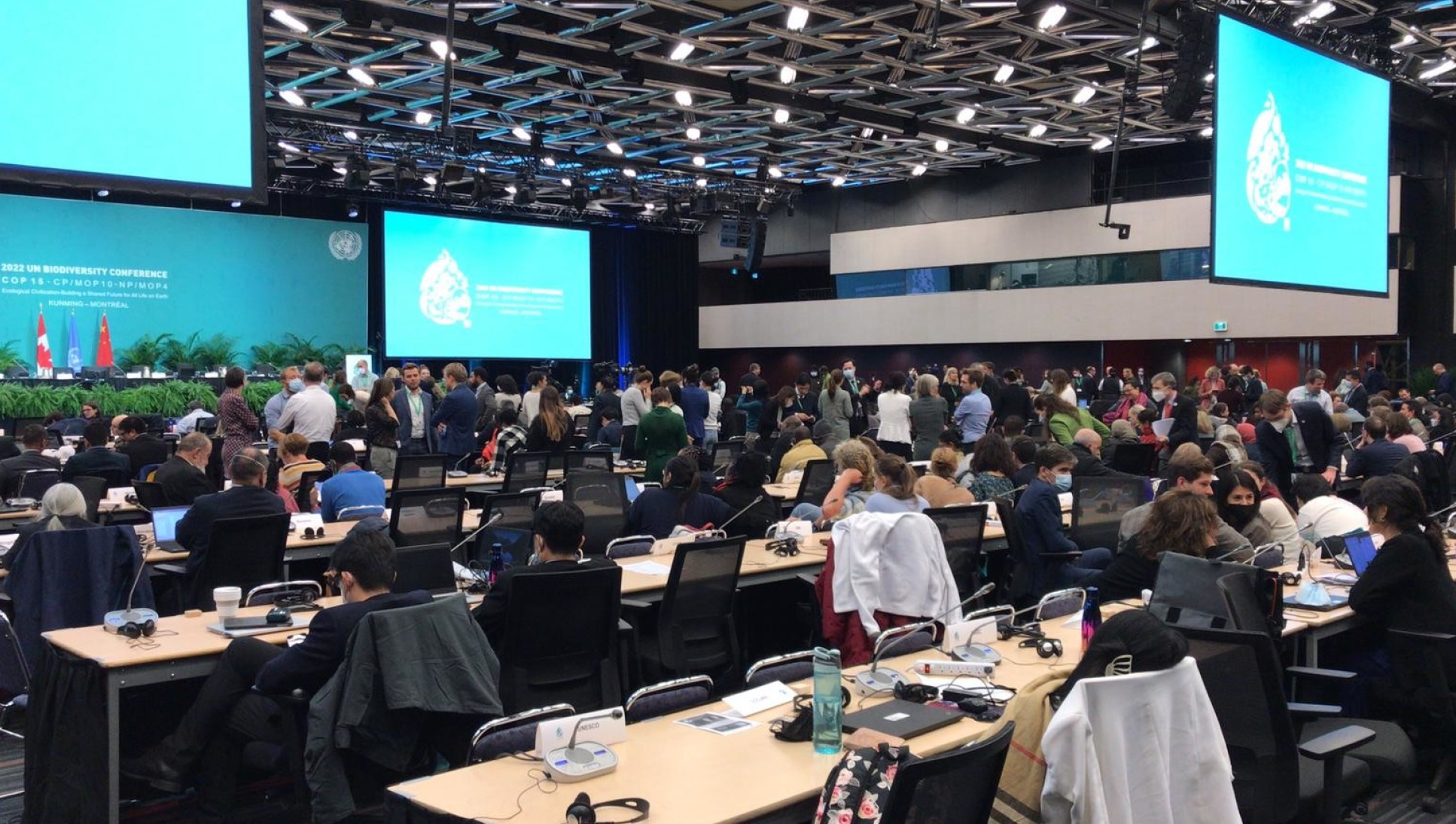
“Finally, the term ‘Nature Positive, was not included – a loss that may limit the impact of the GBF. An agreement committing the world to Nature Positive actions would have required that we halt all current biodiversity loss, but also, critically, that we begin to restore what has already been lost. The removal of this from the final GBF was therefore done to weaken the targets.
“Imagine, however, if we did achieve all these targets in the next 10 years – what an incredible place the world would be to live in. That is the vision that has been provided by the GBF and it is only the beginning. It is up to all of us to make it happen.”
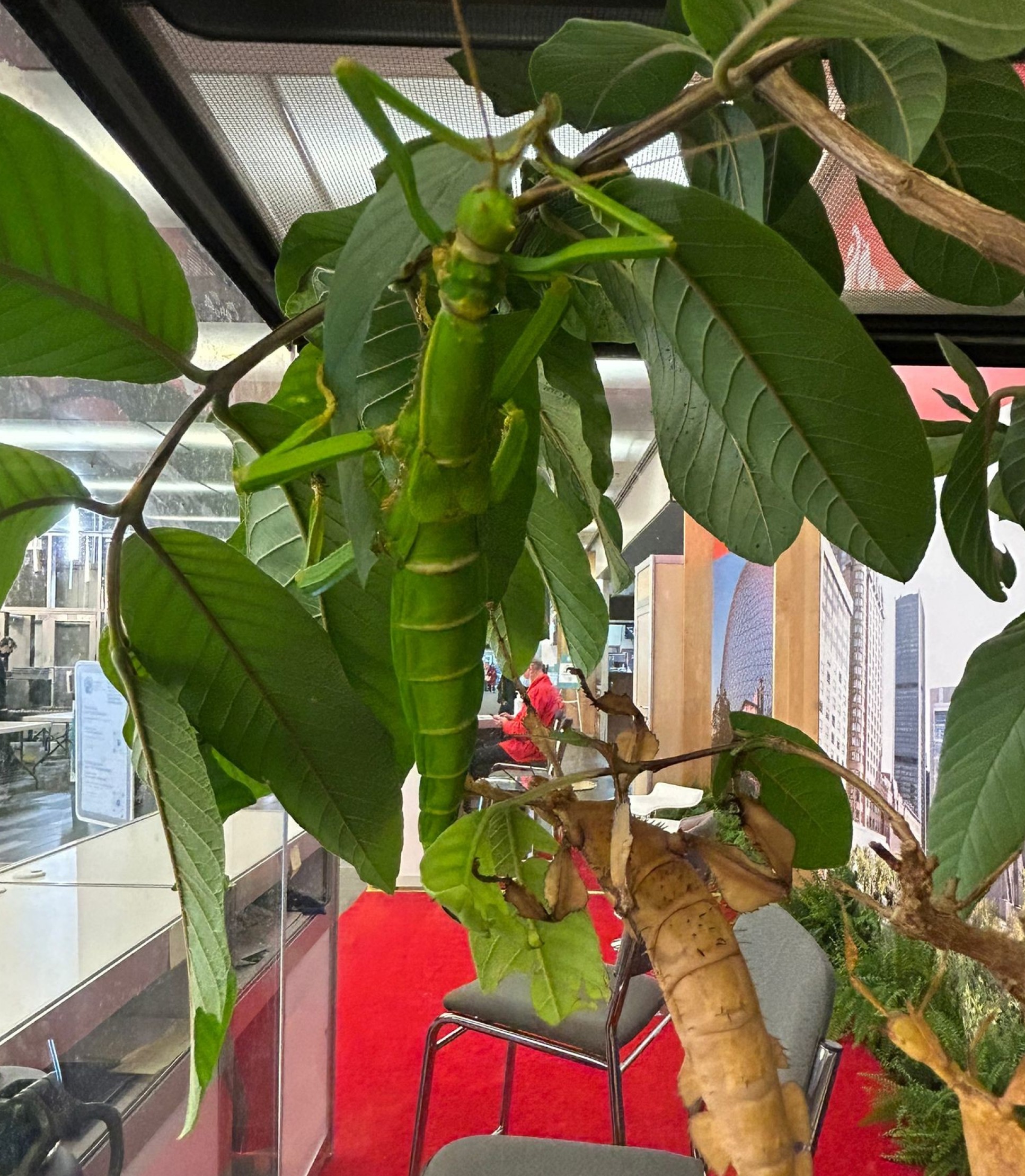
Stronger ‘carrots and sticks’ needed
Dr Pernille Holtedahl, Research Fellow in the Centre For Climate Finance and Investment:
“It is very welcome that nations have committed to contributing $30 billion a year, by 2030, to poorer nations, through a new biodiversity fund created under the Global Environment Facility. GEF is a trusted institution and already has mechanisms and trust funds in place to scale up biodiversity.
"The commitments are non-binding and we have already seen how global leaders can make impressive announcements, which are then not followed through" Dr Pernille Holtedahl
“However, the commitments are non-binding and we have already seen how global leaders can make impressive announcements, for example about finance to support climate change action, which are then not followed through.
“For biodiversity to be meaningfully addressed by the corporate sector, much stronger signals in the form of carrots (e.g. monetary incentives) and sticks (e.g. requirements to disclose dependencies on biodiversity).
“COP15 shows that there is now much interest and concern about biodiversity, but there is an awful lot of hand-wringing and empty promises as well.”
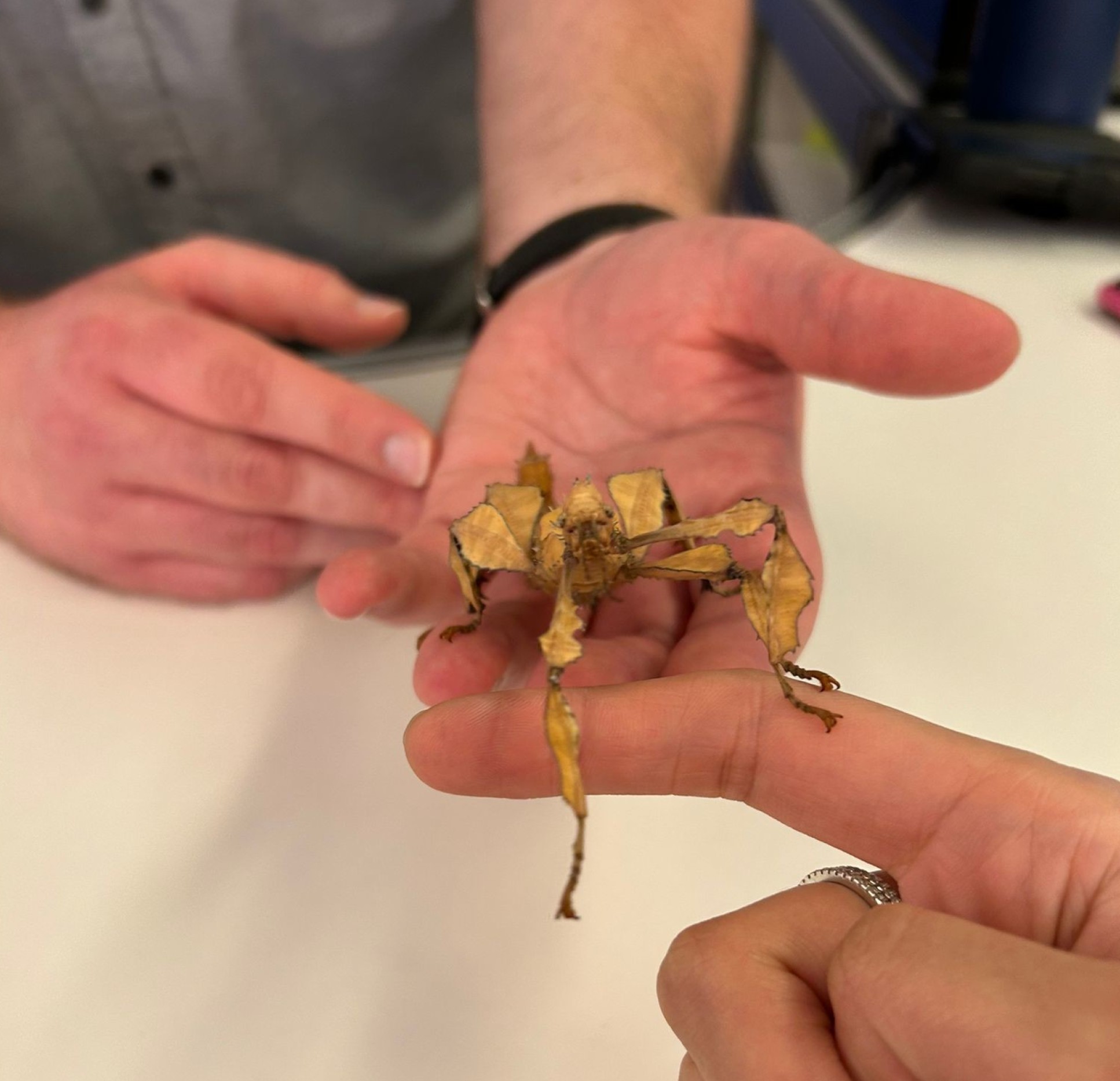
A step forward on pollution, but watch this space
Elizabeth Fonseca, Postgraduate Researcher in the Centre for Environmental Policy:
“An ambitious target of reducing pollution to ‘levels that are not harmful to biodiversity’ by 2030, has been set by the new GBF, including reducing excess nutrients like nitrogen by at least 50%.
"This is a big step forward and raises the bar on the UK’s existing pollution targets. We should therefore expect the UK government to now strengthen its existing policies to ensure these new commitments are met, and we should all watch progress closely.
Read: How forests can help tackle climate change
“The public can play a part as voters and activists to lobby the government to take the necessary steps" Elizabeth Fonseca
“Ammonia emissions, primarily from animal agriculture, are the main source of nitrogen deposits (via air pollution) impacting sensitive habitats in the UK. This leads to terrestrial eutrophication – a phenomena where high nitrogen levels enable increased growth of some species, to the detriment of other more sensitive species, resulting in biodiversity loss.
“The current UK government target for reducing these emissions is only 16% by 2030 from a 2005 baseline, and the interim target of 8% by 2020 was not met.
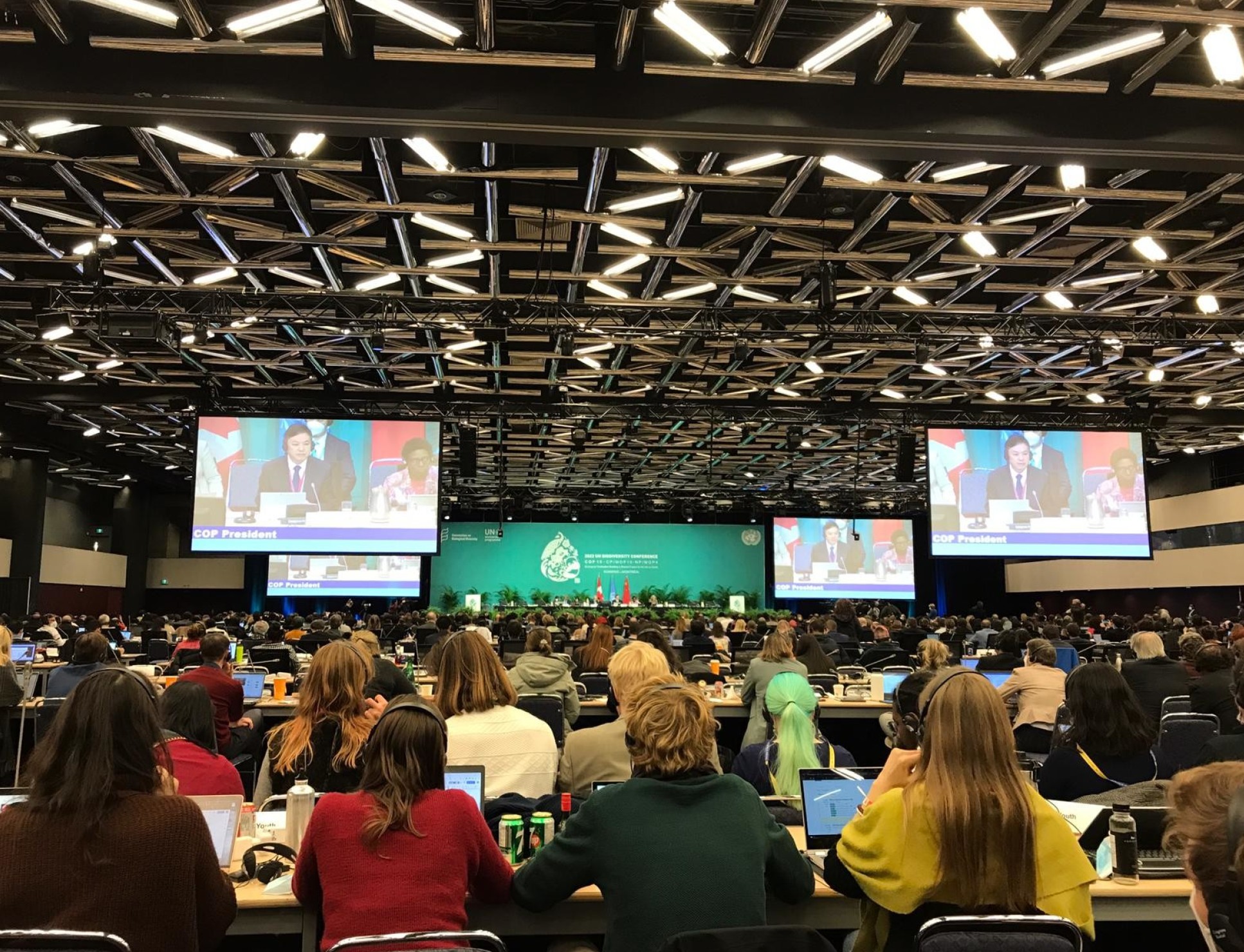
“Meeting the GBF targets will require an update to these UK targets, as well as policies and resources that support farmers to achieve them. This support could include incentives to produce more fruits, vegetables and legumes, and less livestock.
“The public can play a part as voters and activists to lobby the government to take the necessary steps. They can also reduce the amount of meat, dairy and eggs they eat.”
For more on what biodiversity is and why it’s so important to all life on Earth, including our own, check out our resources here.
Article text (excluding photos or graphics) © Imperial College London.
Photos and graphics subject to third party copyright used with permission or © Imperial College London.
Reporter
Jez Fredenburgh
The Grantham Institute for Climate Change